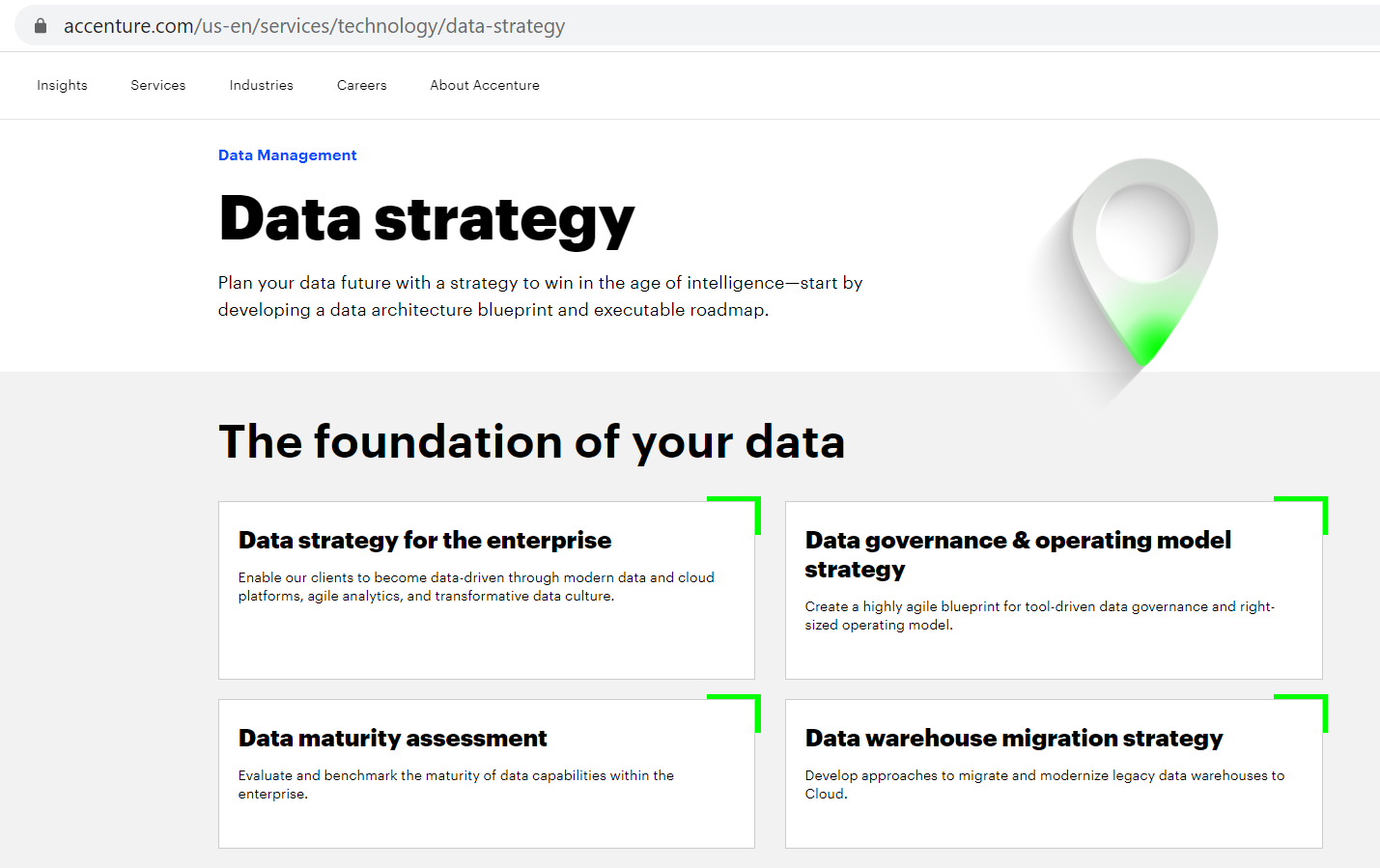Aligning People, Process, and Data
This is a four-part series.
Part one: Deriving actual value from data
Part two: Being “data-driven” (but not in a good way)
Part three: Aligning people, process and data
Part four: Data synergy for Business and IT
Aligning People, Process, and Data
By Jeff Gleason
In our first two articles, we discussed the (often hidden or ignored) challenges companies face when trying to use data effectively, and we hit upon some of the disconnects between being "knowledge-driven" (a good thing) compared to "data-driven" (not so good). Additionally, in the second article, we began to unwrap how to build a viable data strategy that is business-focused rather than technology-focused.
OK then – let's get to it!
If you search online you will find hundreds, if not thousands, of references around data strategy. Most are centered around an "IT-centric" theme and are sparse on concrete tactics that would make up a data strategy.
Data strategy has become a hot topic in the industry, but the wide variance in the definition suggests very few really understand it.
Most technology vendors often equate it back to a TCO (Total Cost of Ownership) model based on the lowest overall solution cost.
TCO can be problematic as the price of technology (both hardware and software) can change daily. What is a good TCO today may not be so good next quarter when "Vendor X" releases a new widget. Large consulting firms often put their data strategy in the context of an offshoot of Information Architecture. Again, not entirely wrong, but the focus is misguided or misplaced.
The Massachusetts Institute of Technology Center for Information Systems Research - Sloan School of Management (MIT CISR) offers, in our opinion, one of the cleanest and most precise definitions of what a data strategy is and what it should do for a company in two simple sentences:
“A data strategy is a central, integrated concept that articulates how data will enable and inspire business strategy.
A company’s data strategy answers questions around how a company will generate value.”
Powerfully simplistic.
Notice the lack of anything technical in the definition and the focus on business and driving value from data.
Compare our example above from MIT with this from Accenture:
Many consulting firms and technology vendors' viewpoints on the data strategy move all too quickly to a technology deployment linked endpoint. Sadly, this is how we got to the hunter/gatherer problem we face today that is highlighted in our first discussion around moving data with no apparent business-driving purpose.
Change nothing, and nothing changes. If companies continue to approach developing a data strategy as an IT-focused process, it is doomed to be underwhelming at best.
MIT's definition gives us a solid foundation to set forth the premise for building a proper data strategy. Focusing on the word "enable" from that definition is vital – and the lynchpin of a data strategy.
If a company believes they have a data strategy today (like being "data-driven"), but cannot answer how they will derive value from data to support the business strategy, they don't have a data strategy.
Consider all the data stored in data lakes, warehouses, marts, and who knows how many other environments in shadow IT groups in the corporate infrastructure and ask these questions:
Can I equate a data element (like "customer") to a specific dollar value generated by use?
How the business uses it; what is the impact on the business goals?
What did it take to leverage it properly?
Why is stored where it is?
What is the cost to store and access it (and the many copies)?
If these answers are vague, then you need to rethink your approach to data. You are being driven by data, but not by knowledge.
No one disputes that data can have value to a group, organization, or company. Nor does anyone challenge that data provides value when used appropriately. But when asked about the specifics of the use of data and the specific value it gives, most can only speak in generalities as noted by the NewVantage Partners survey noted in our second article.
A finely tuned data strategy focused on enablement and the ensuing value derived from using data comes from two very fundamental processes - often overlooked by other vendors – but core to Marcavel's approach.
The first is education. And from that education process, a vocabulary for businesses to communicate around data. Gartner Group calls this "Information as a Second Language" and suggests that this "language" will be essential to companies' success moving forward in more and more complex business environments.
As Gartner notes:
“Digital society expects its citizens to “speak data.” Unless data and analytics leaders treat information as the new second language of business, government and communities, they will not be able to deliver the competitive advantage and agility demanded by their enterprises.”
Again, we see a distinct and purposeful omission of technology in the Gartner perspective. There is more than enough technology on the planet to deliver the infrastructure to support a data strategy correctly – but is the last place to start. Unique to Marcavel's approach (and lacking from other offerings in the market) is the ability to educate the business on data and create a language that links IT and business.
This linkage will lower costs for IT organizations, provide faster response times to business users, and result in the more effective use of data across the organization. Business users, analysts, and IT staff will have an effective common “language” from which to work and streamline processes.
Like the Rosetta Stone, the Marcavel solution builds the business-oriented enablement foundation to a robust business-centric data strategy that inspires the business and drives definable value.
Coming up next in Part 4 - Data Synergy for Business and IT.


